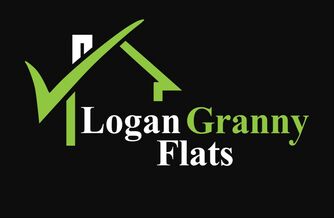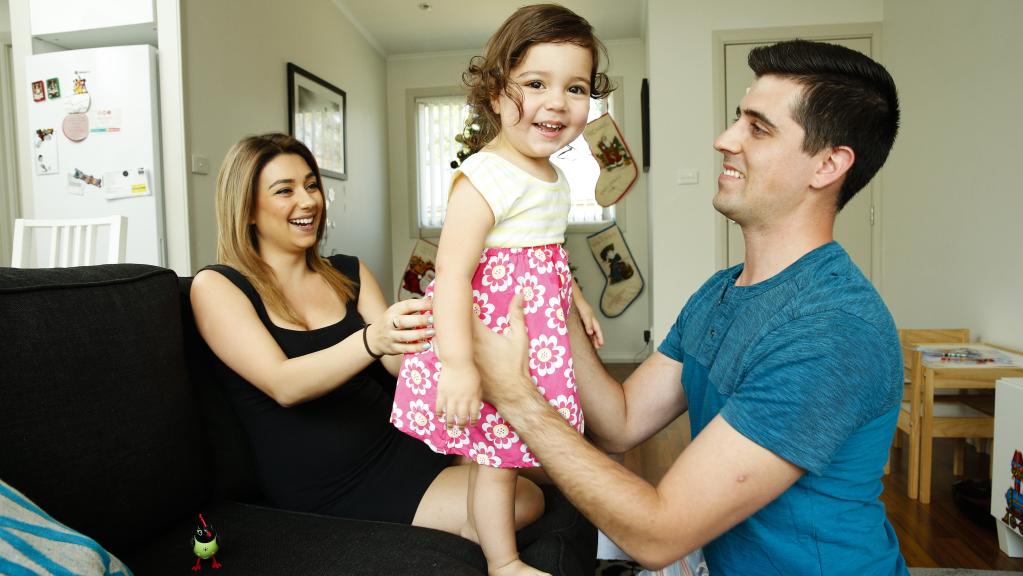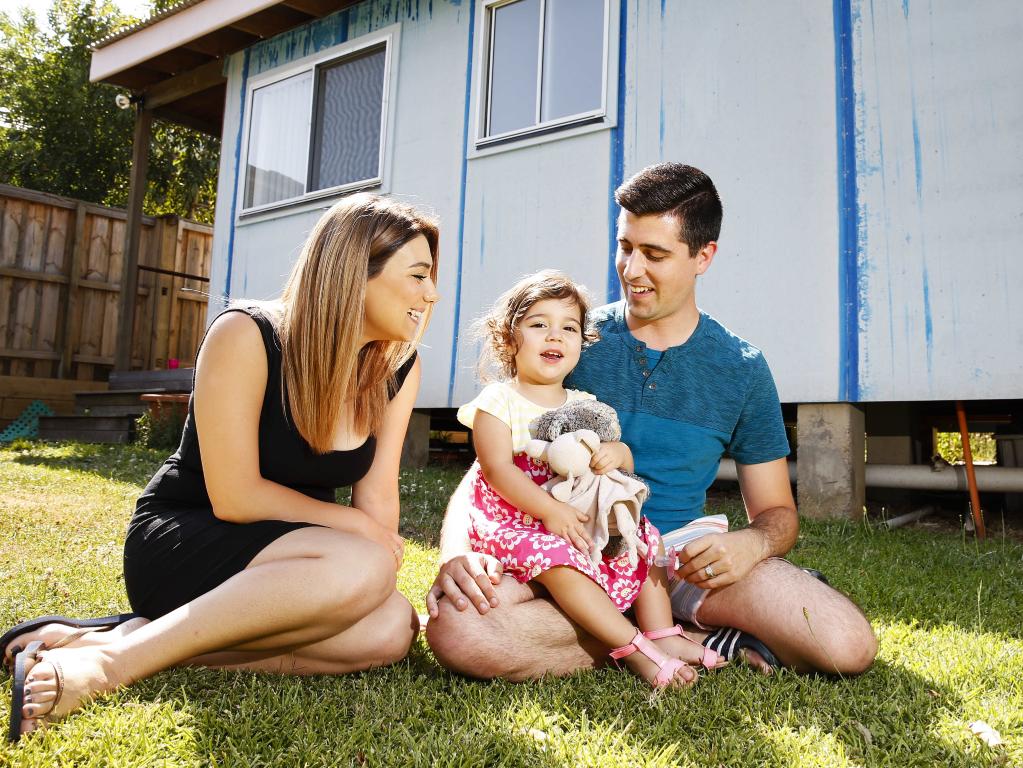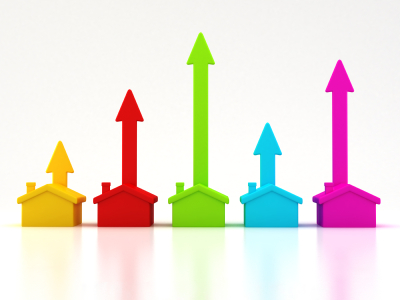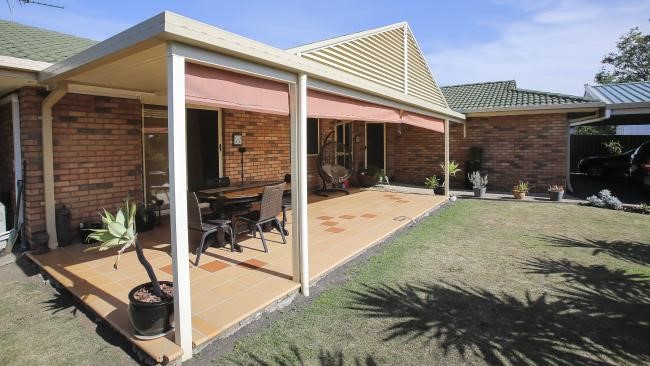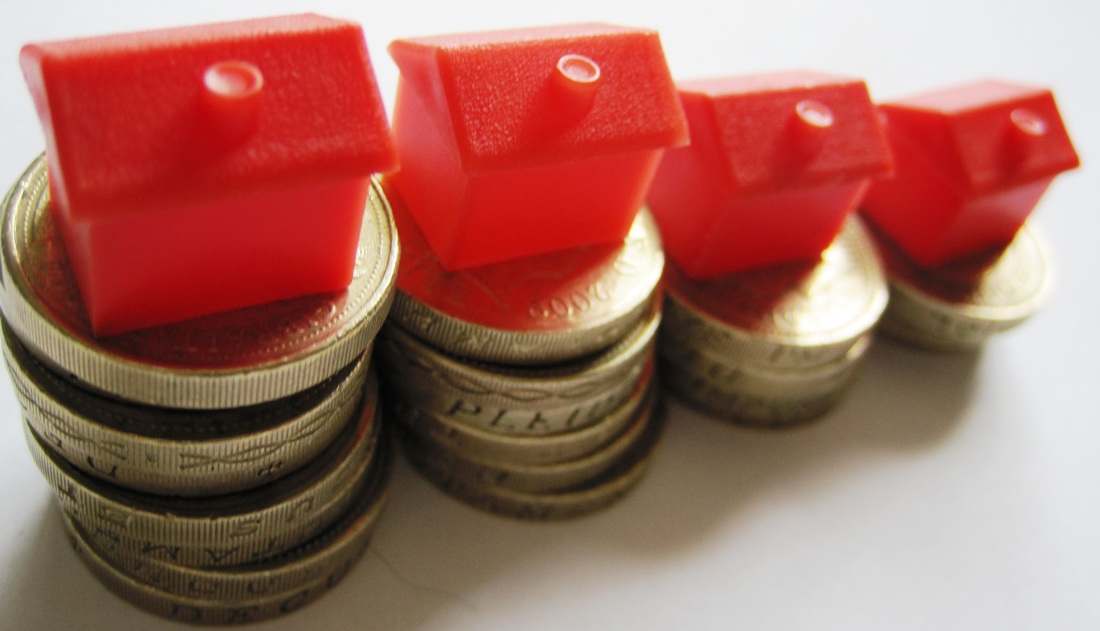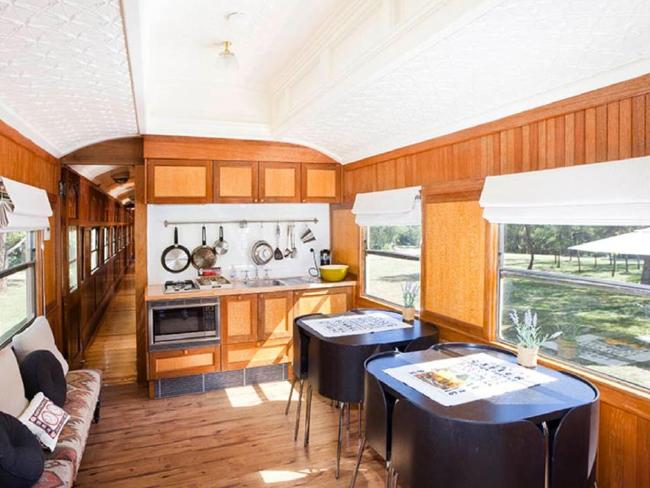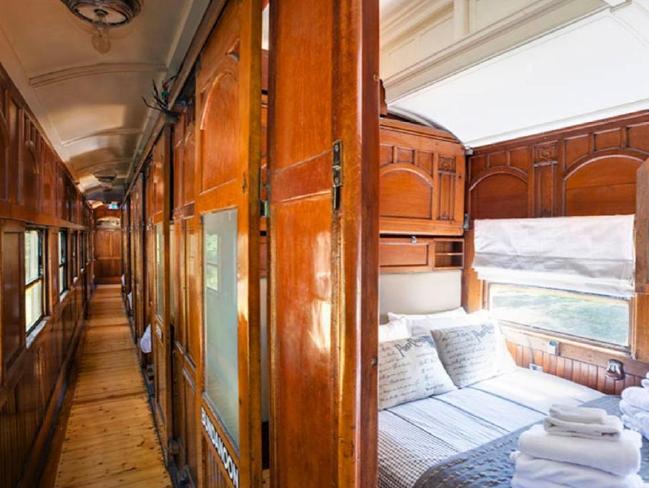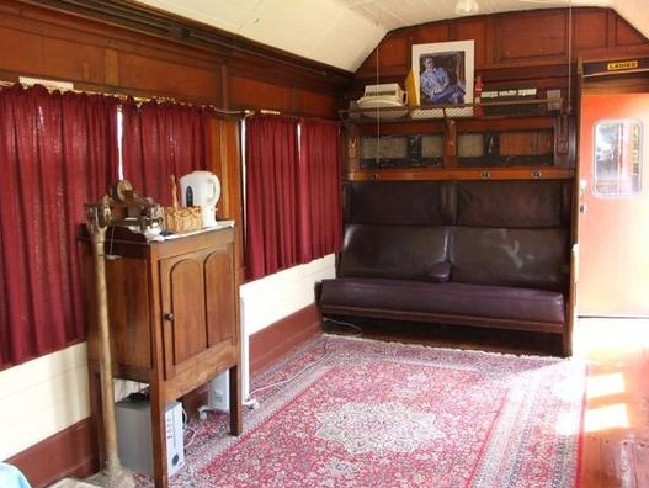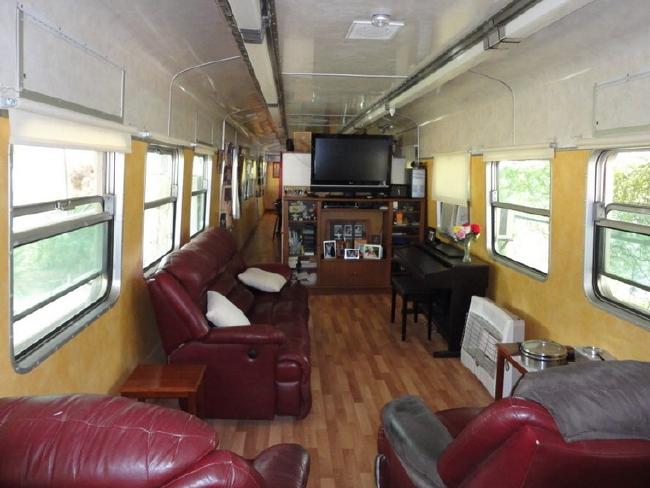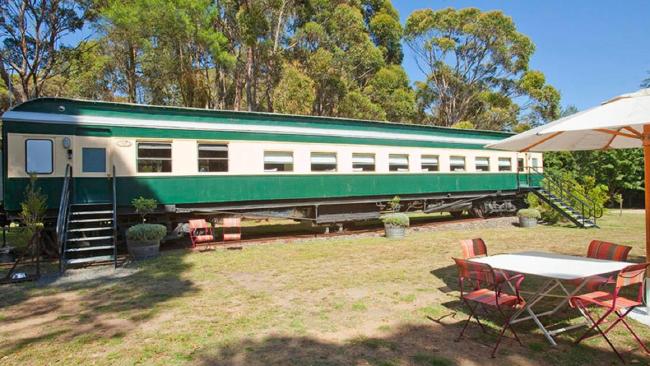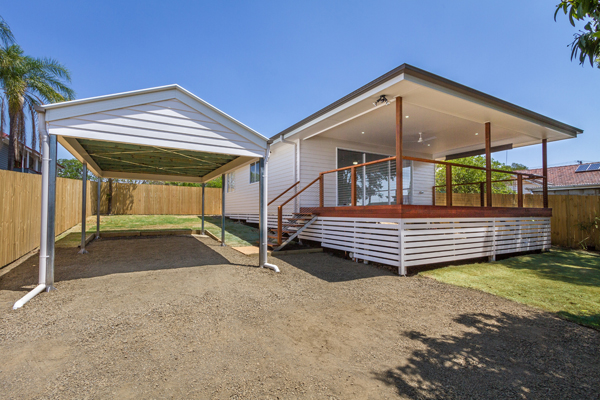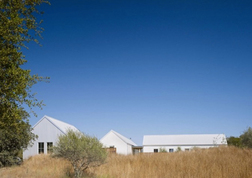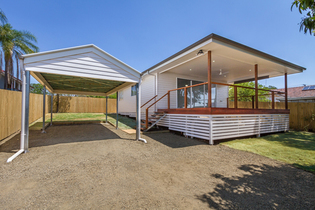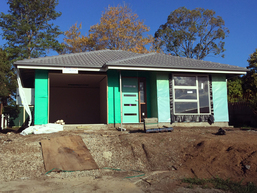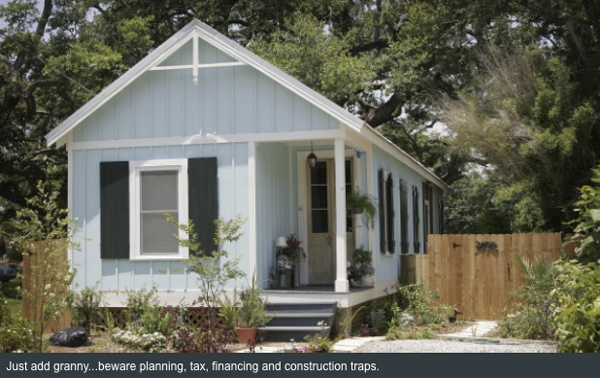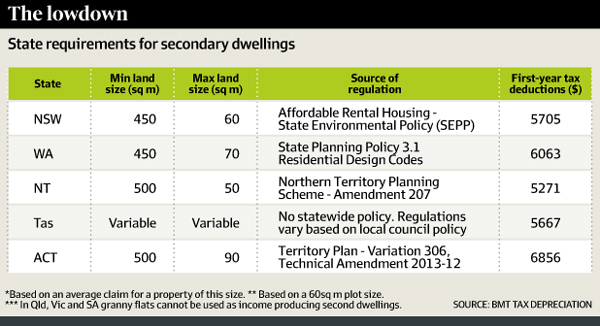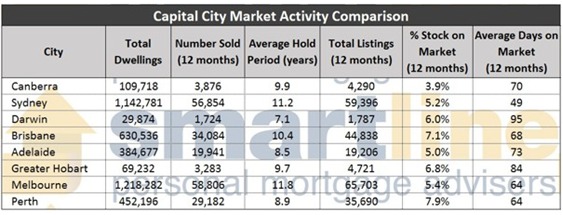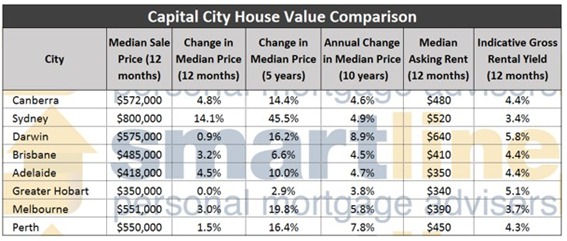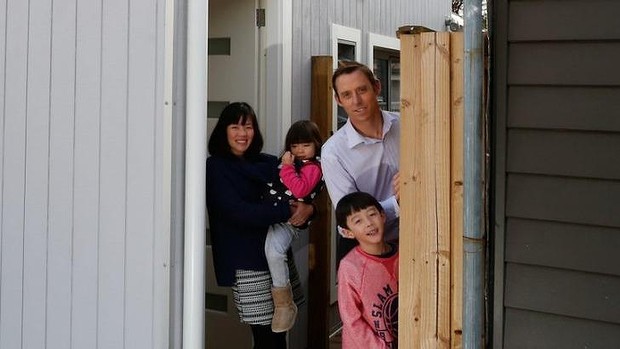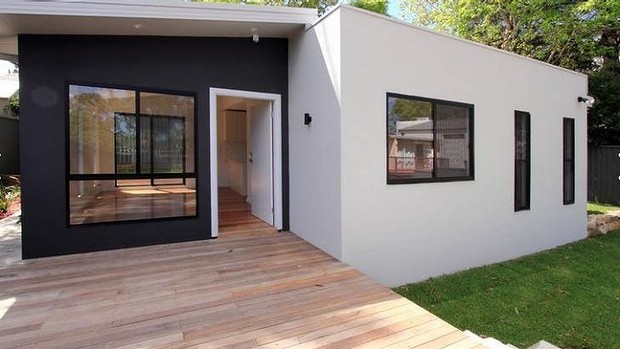Enjoy…
17 December, 2017
Experts report an increasing number of people choosing to rent rather than buy and predict Sydney could soon turn into a city like New York, where more than half of the population rents.
In some Sydney suburbs the rate of renters has already topped 60 per cent.
Real estate giant L J Hooker tips the rise of the renter to be one of the biggest property trends in 2017. Hooker research head Mark Tiller said affordability and investor domination of the market were driving factors.
“House prices are continuing to rise but, because of the increase of apartment supply in particular suburbs and the rise of investor numbers, we could see rents soften for units in some areas in 2017,” Mr Tiller said.
“The cost of transaction in terms of stamp duty also makes buying less achievable, which is also driving more people to rent.”
McCrindle research director Eliane Miles said while home ownership was still a major aspiration, it was simply affordability stopping young people from buying.
“We did some research that showed 90 per cent of Australians still want to strive towards owning their own home,” Ms Miles said.
“It’s still the Aussie dream, it’s just more difficult and I think for young people it seems incredibly far off.”
Real Institute of NSW president John Cunningham said: “I don’t want to see Sydney turning into New York where the majority of people rent but it could happen.
“This is why we think the stamp duty system in NSW needs an overhaul, to make it easier for young people.”
Mahnam and Michael Mogaddam rent a granny flat in Baulkham Hills but are lucky enough to have bought a block of land nearby where they hope to build soon.
There were times when they nearly gave up on the homeownership dream.
“It’s really horrible. We’d have to live 45 minutes away for our family to get something affordable,” Ms Mogaddam said.
“There were several times I said that we should think about just continuing to rent but we want to own a house so we can make it easier for our children and pass it on to them.”
Call SONIA 0403 309 136
